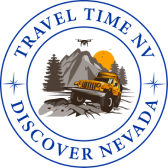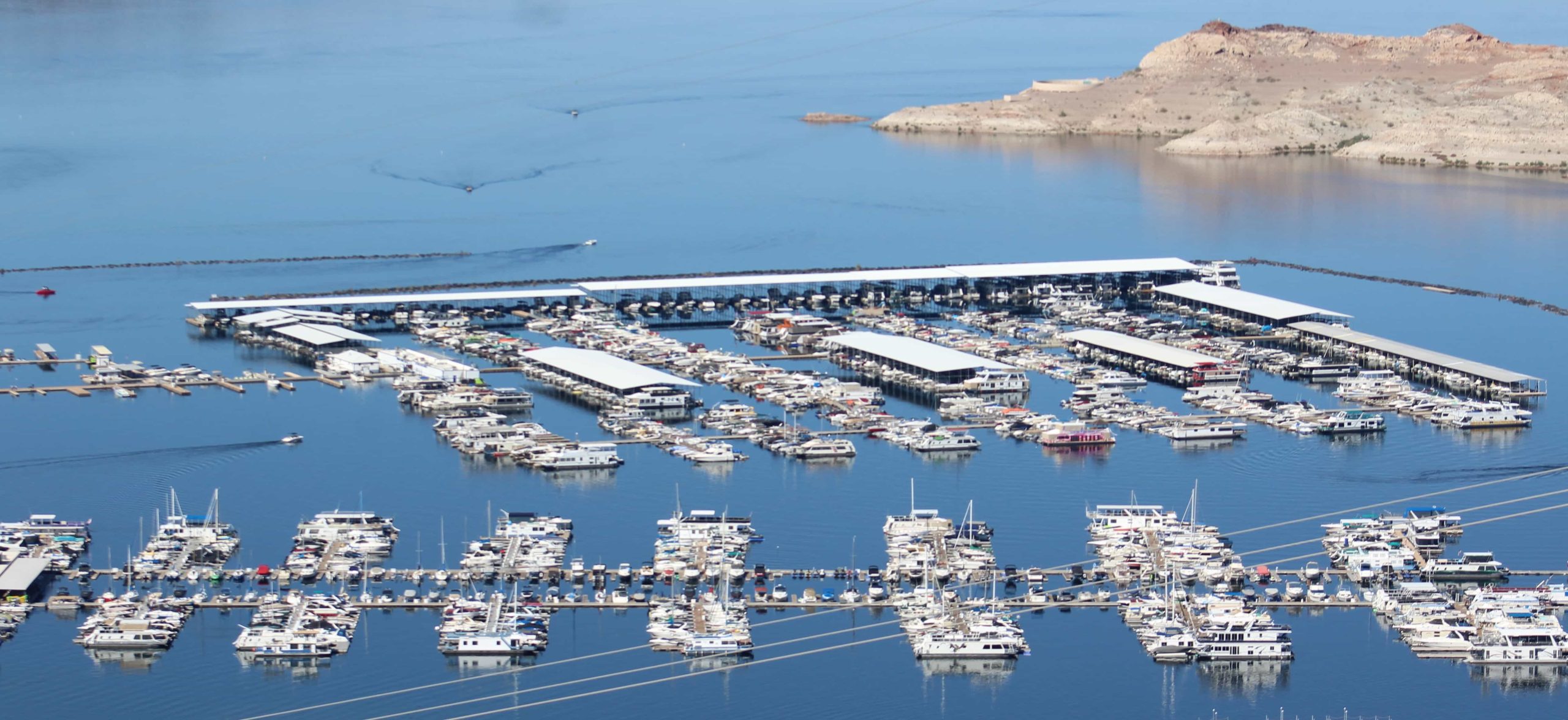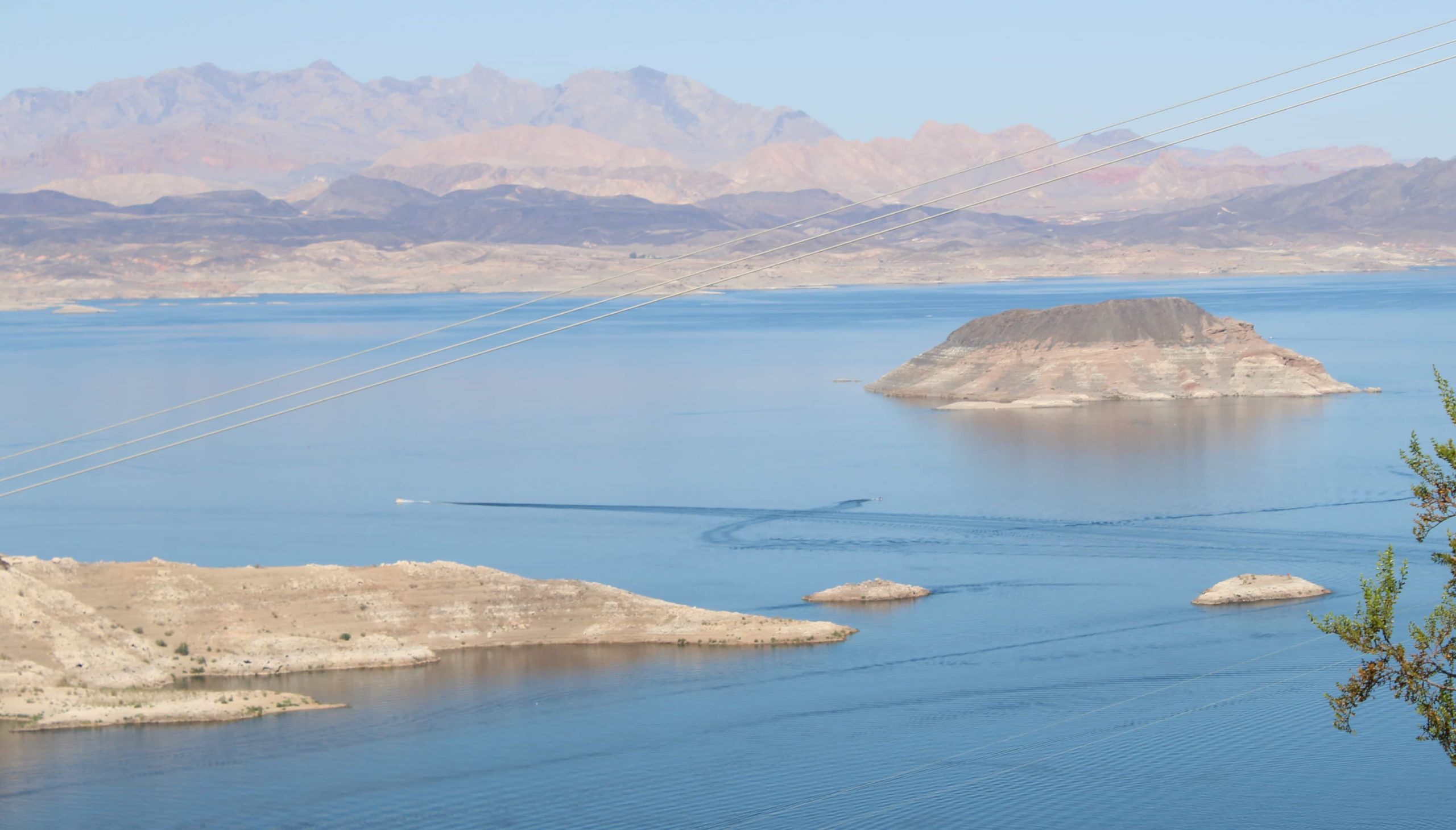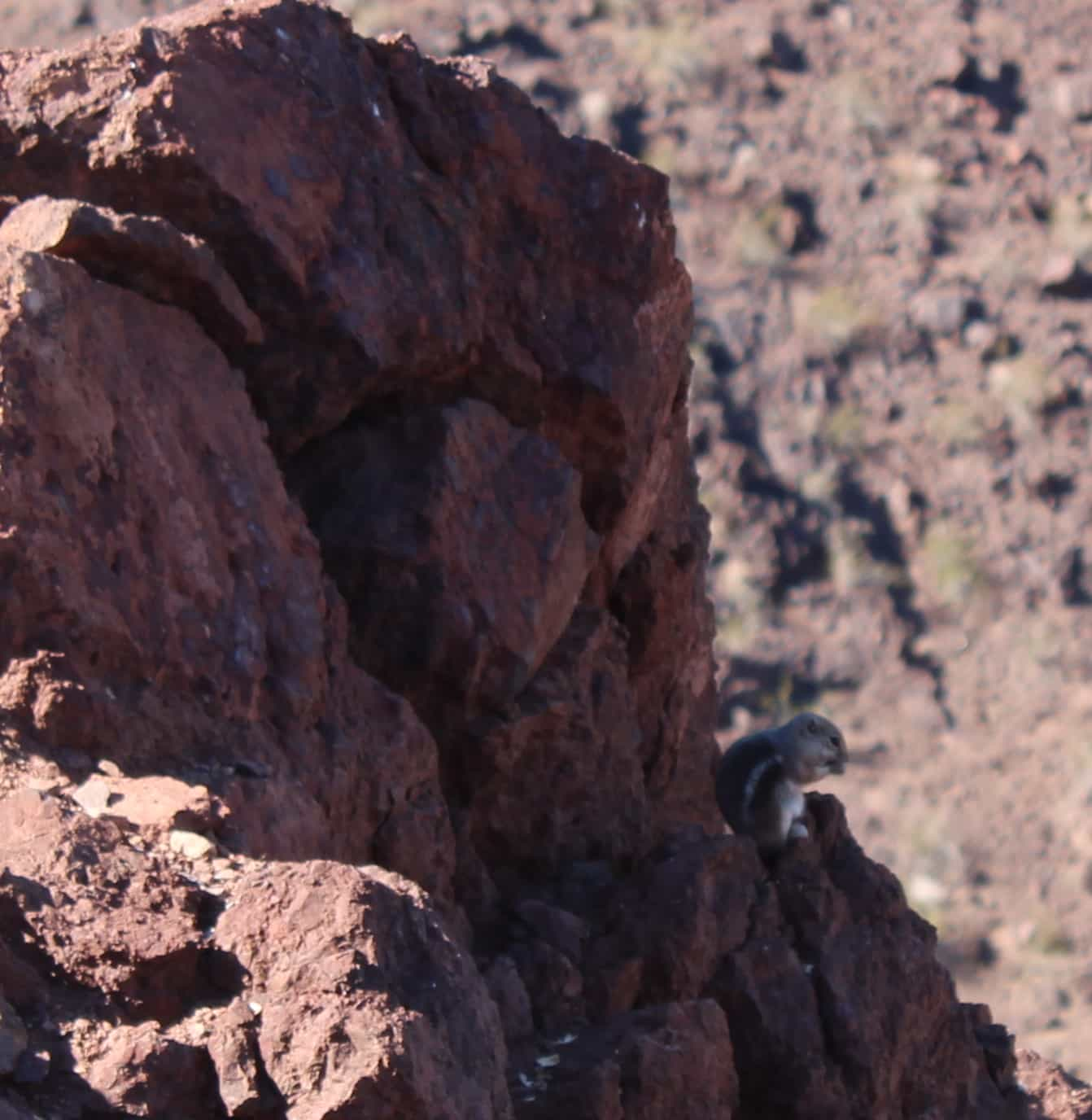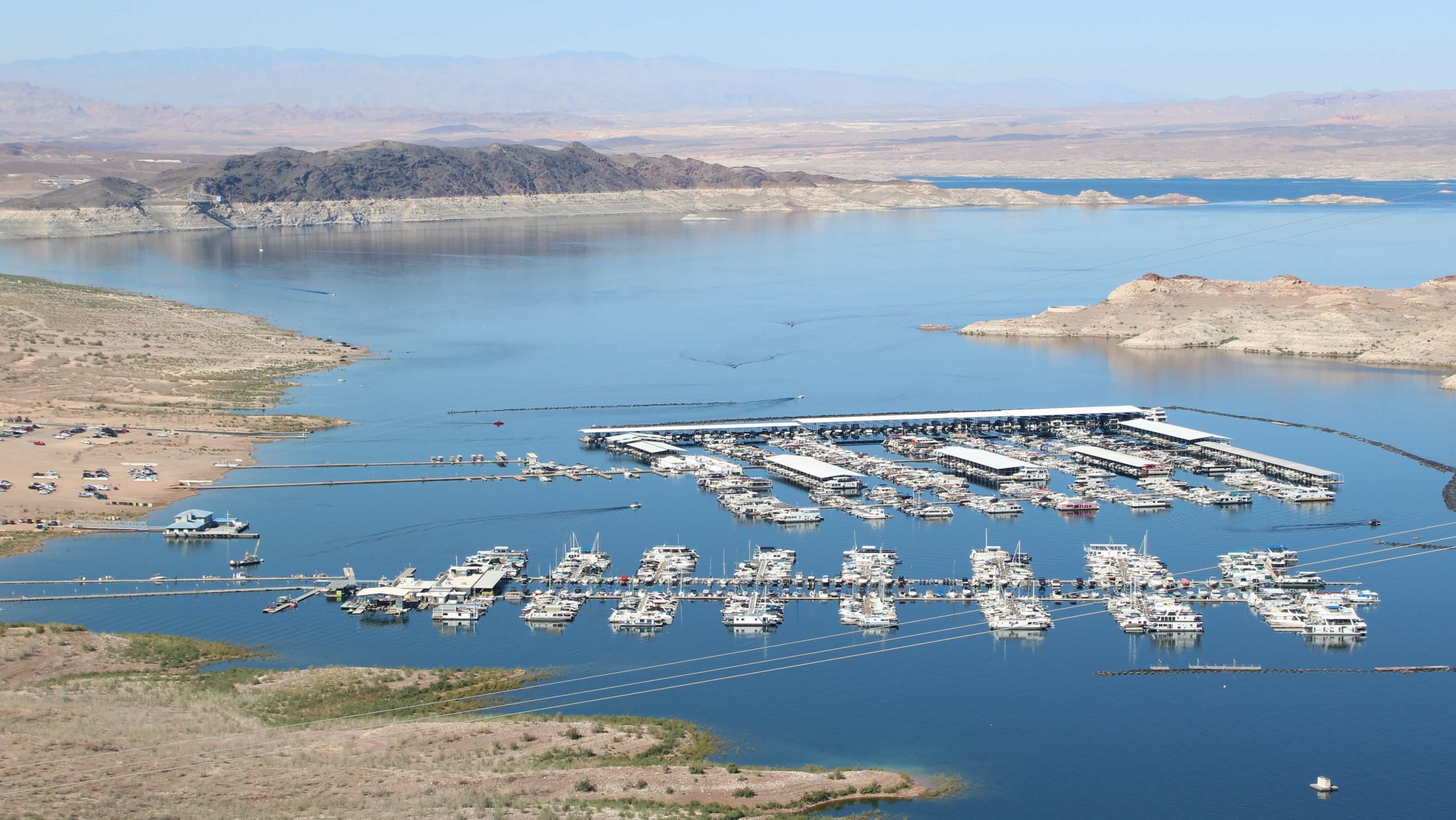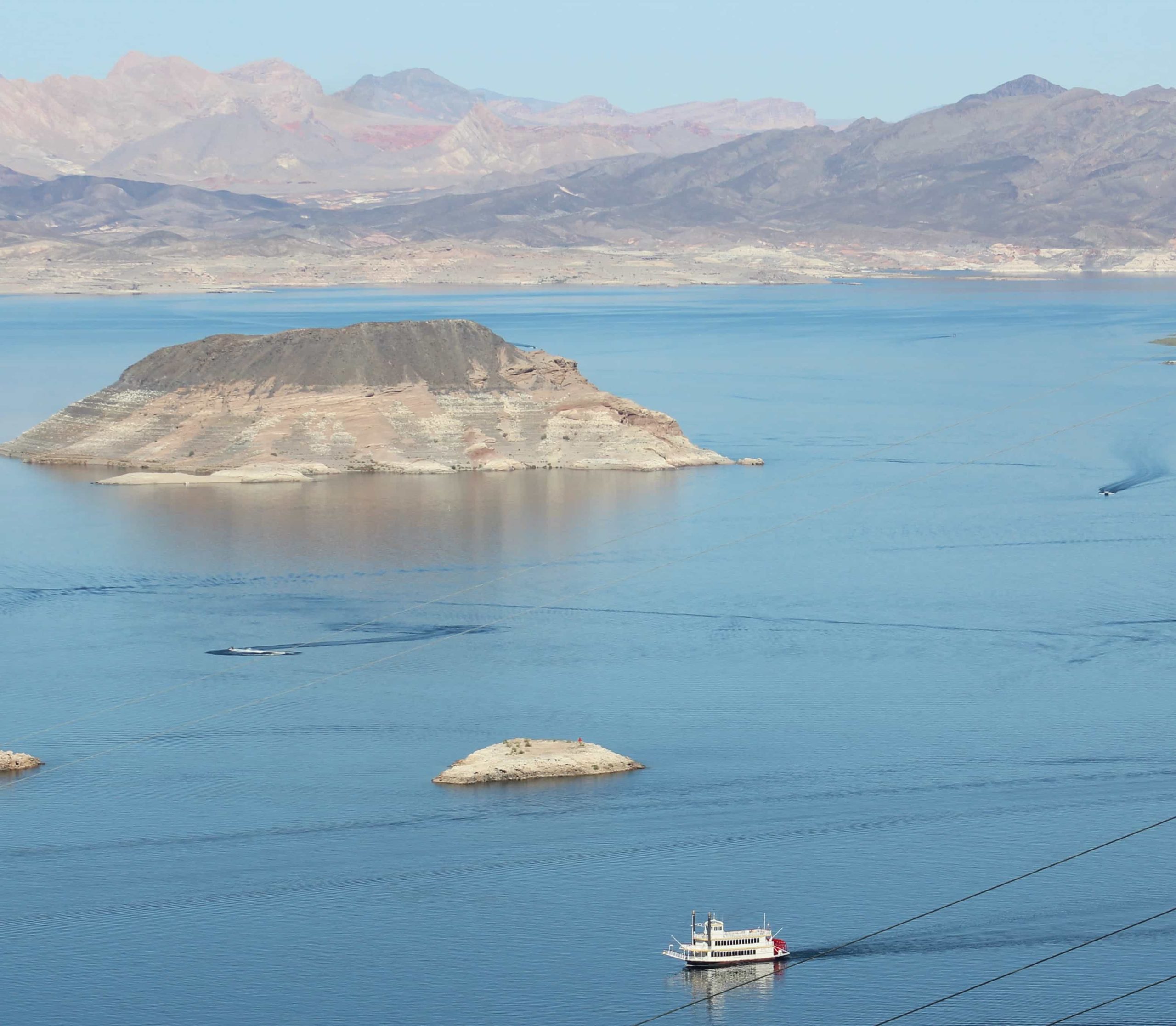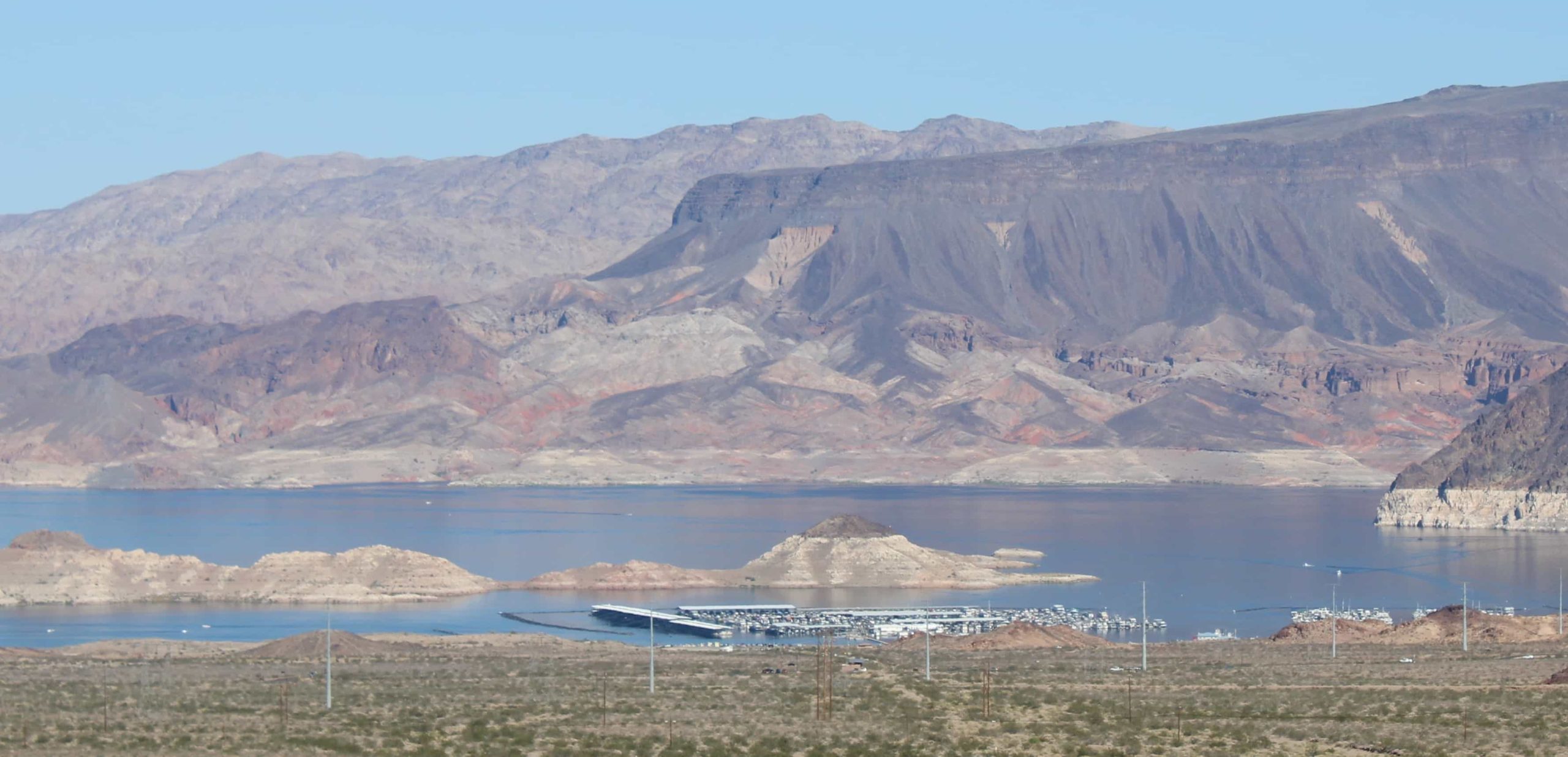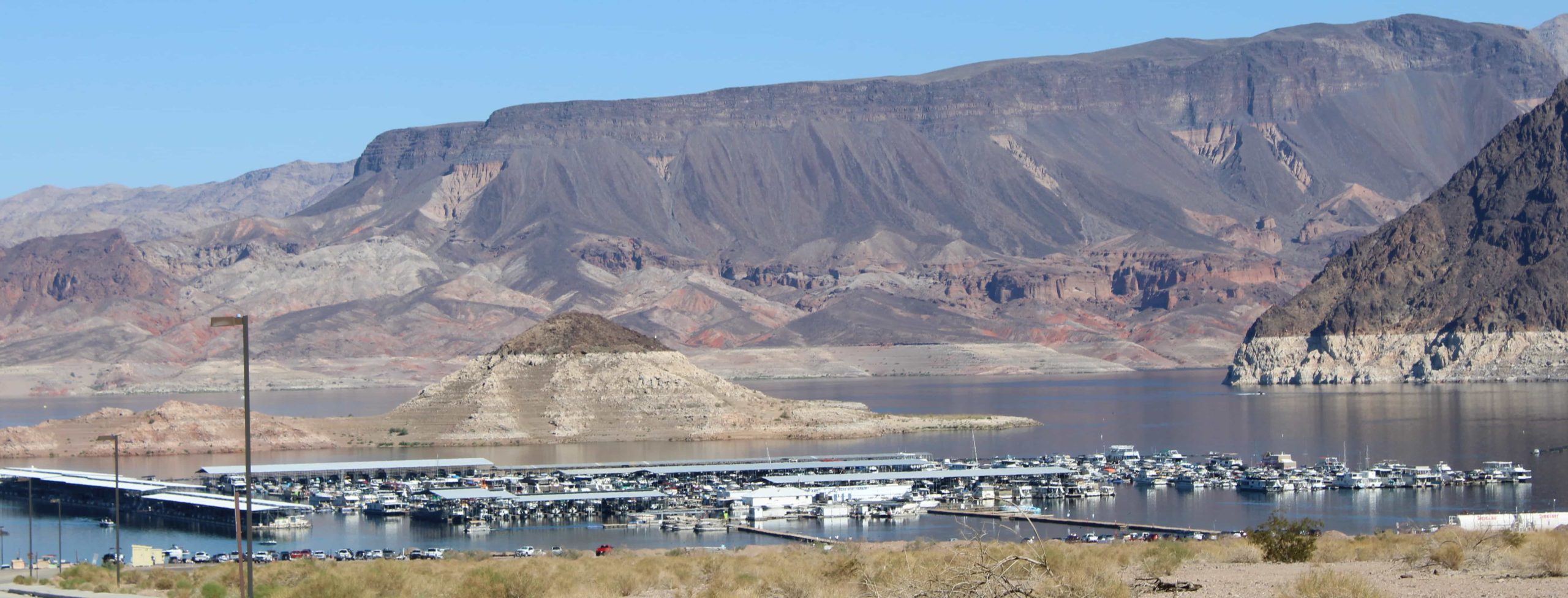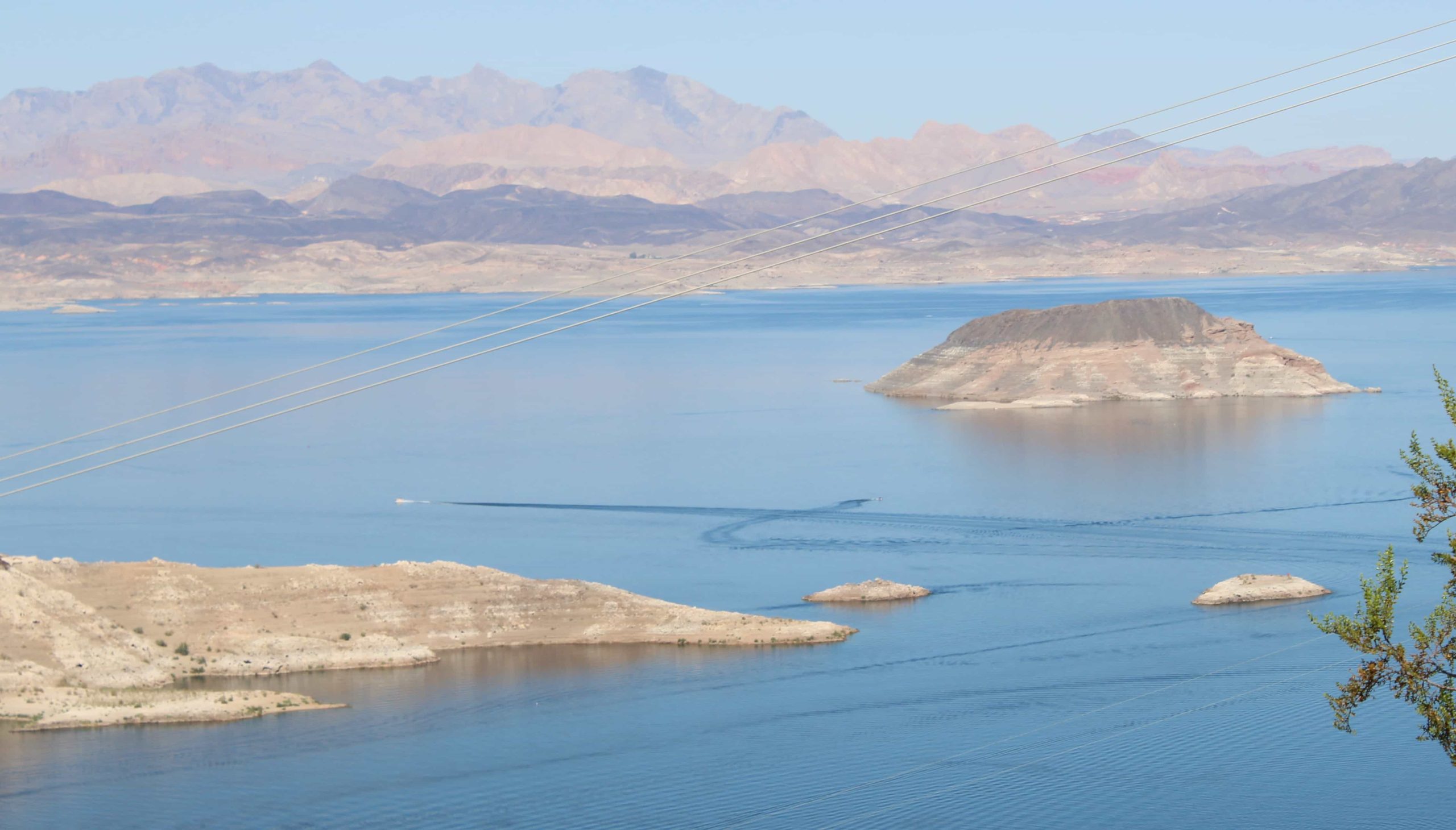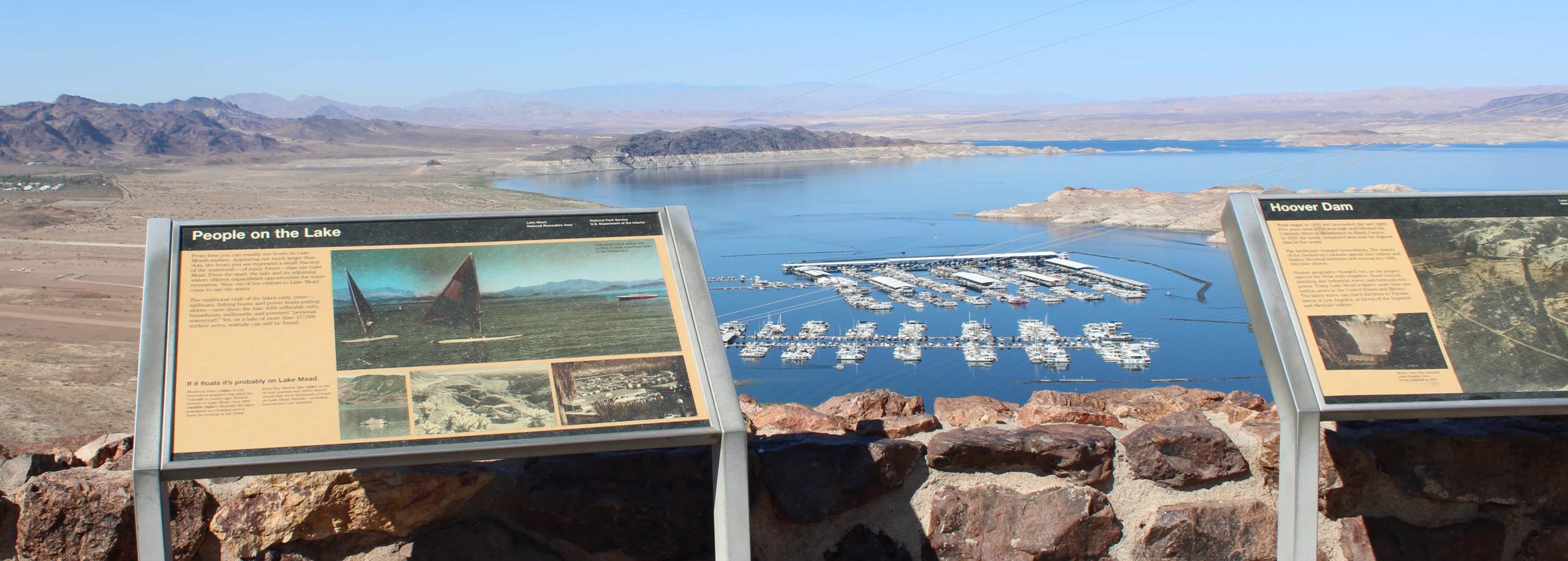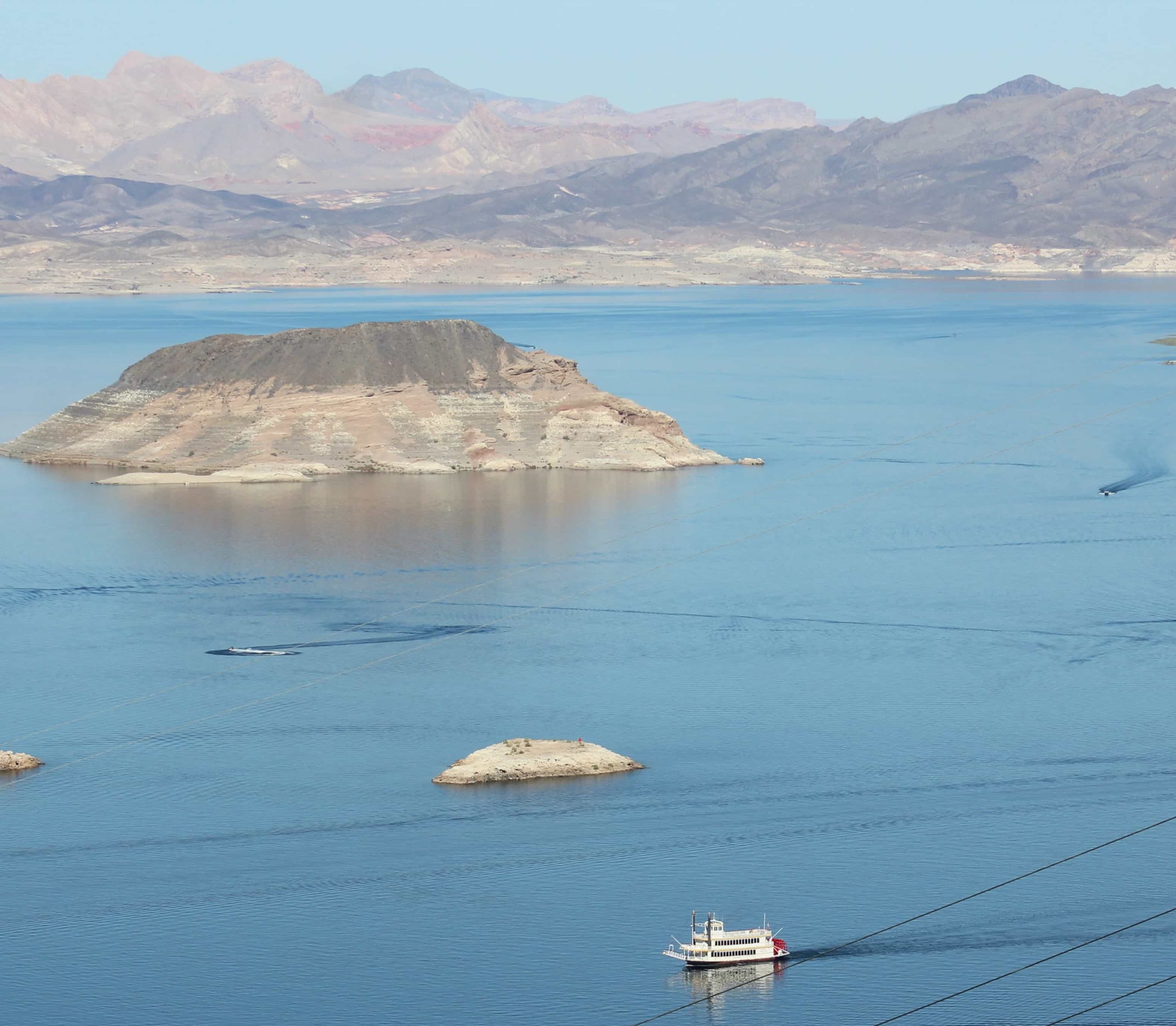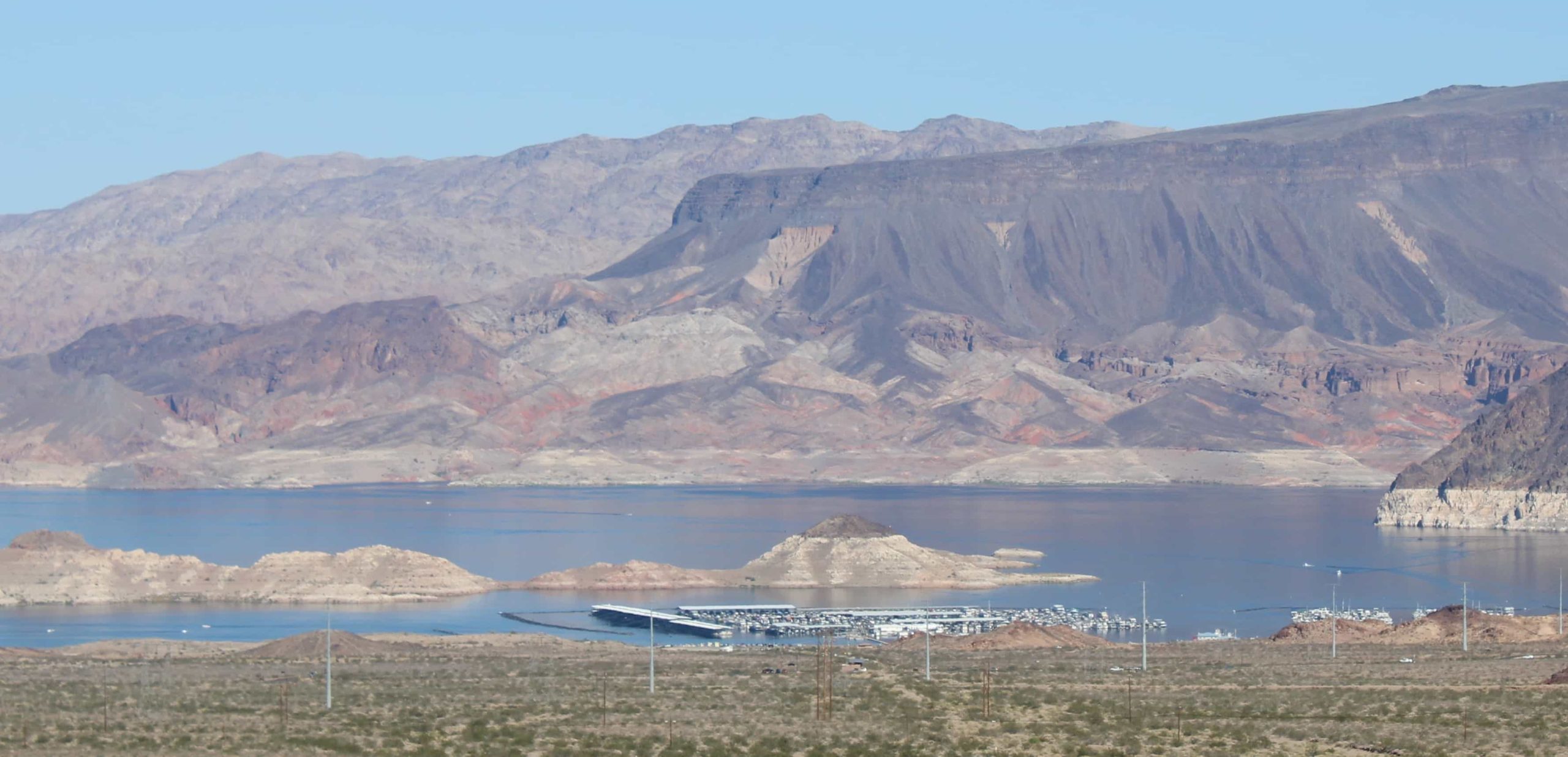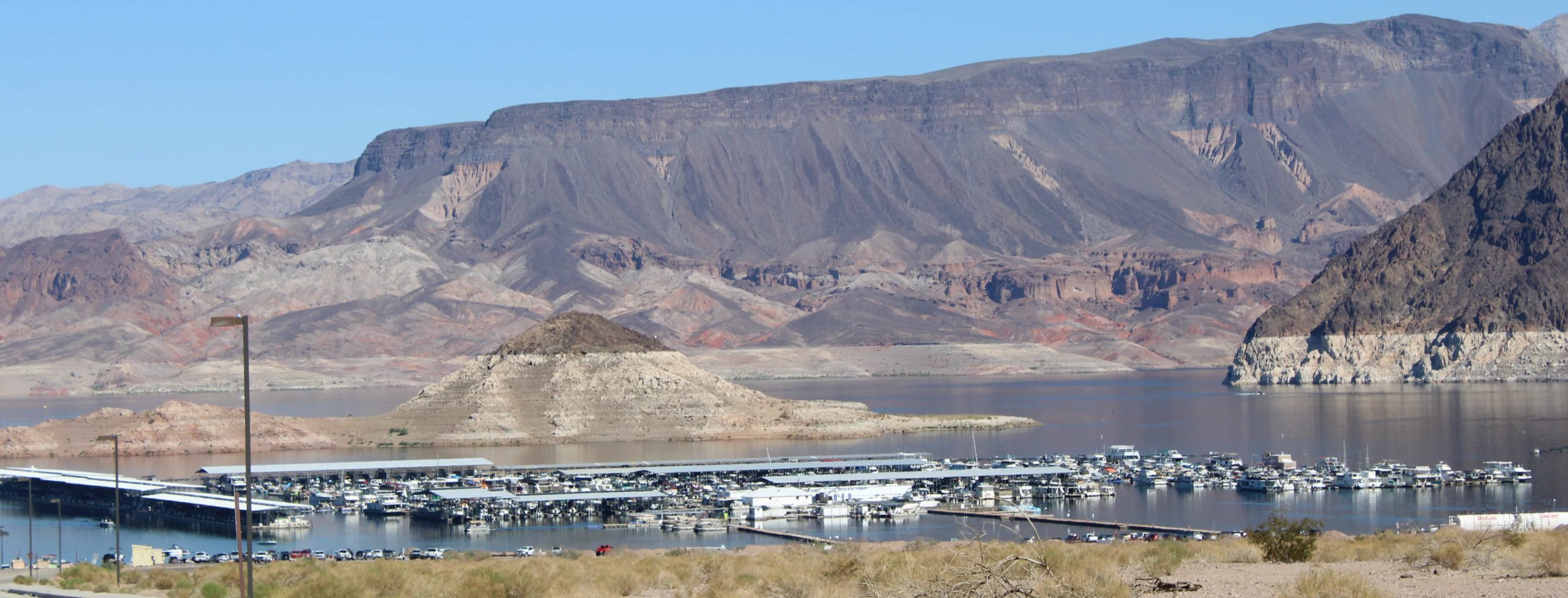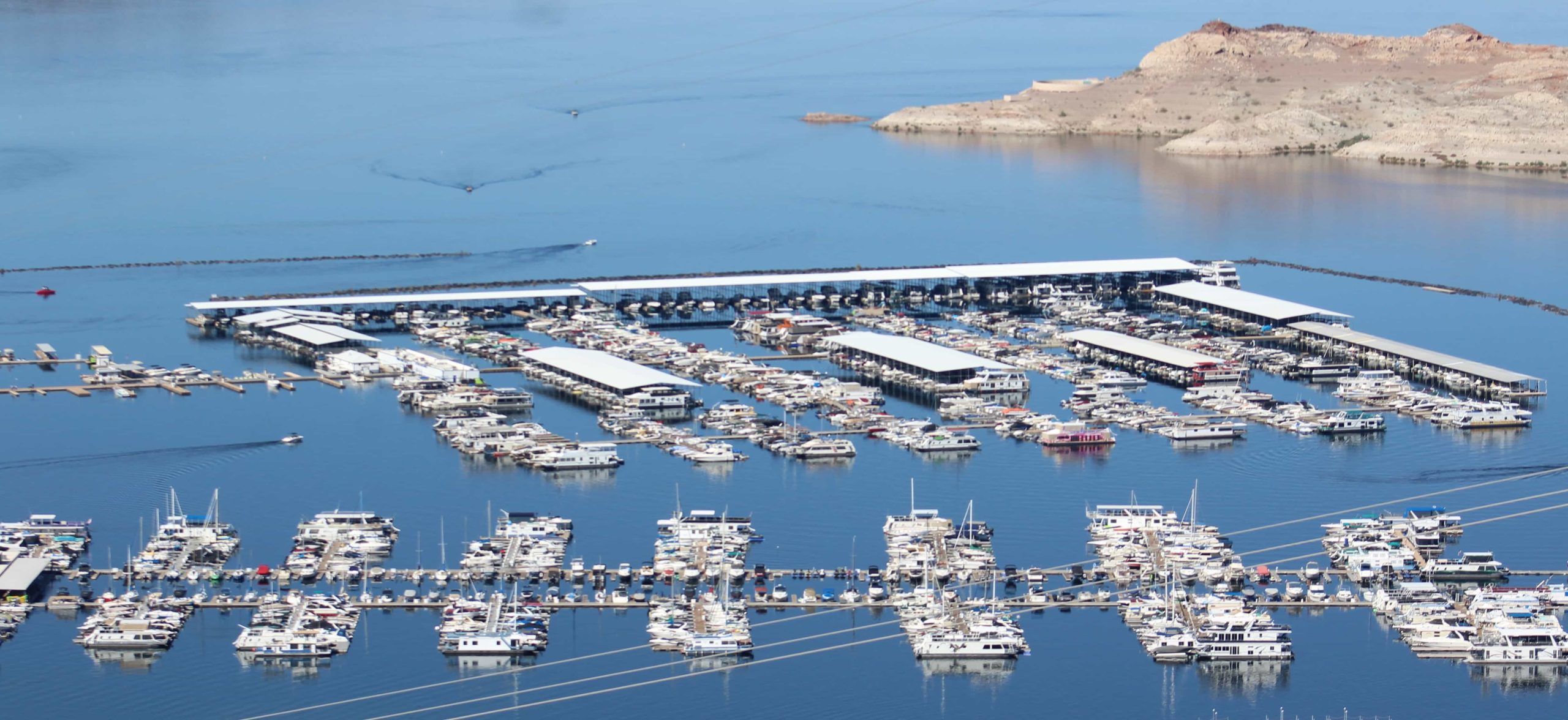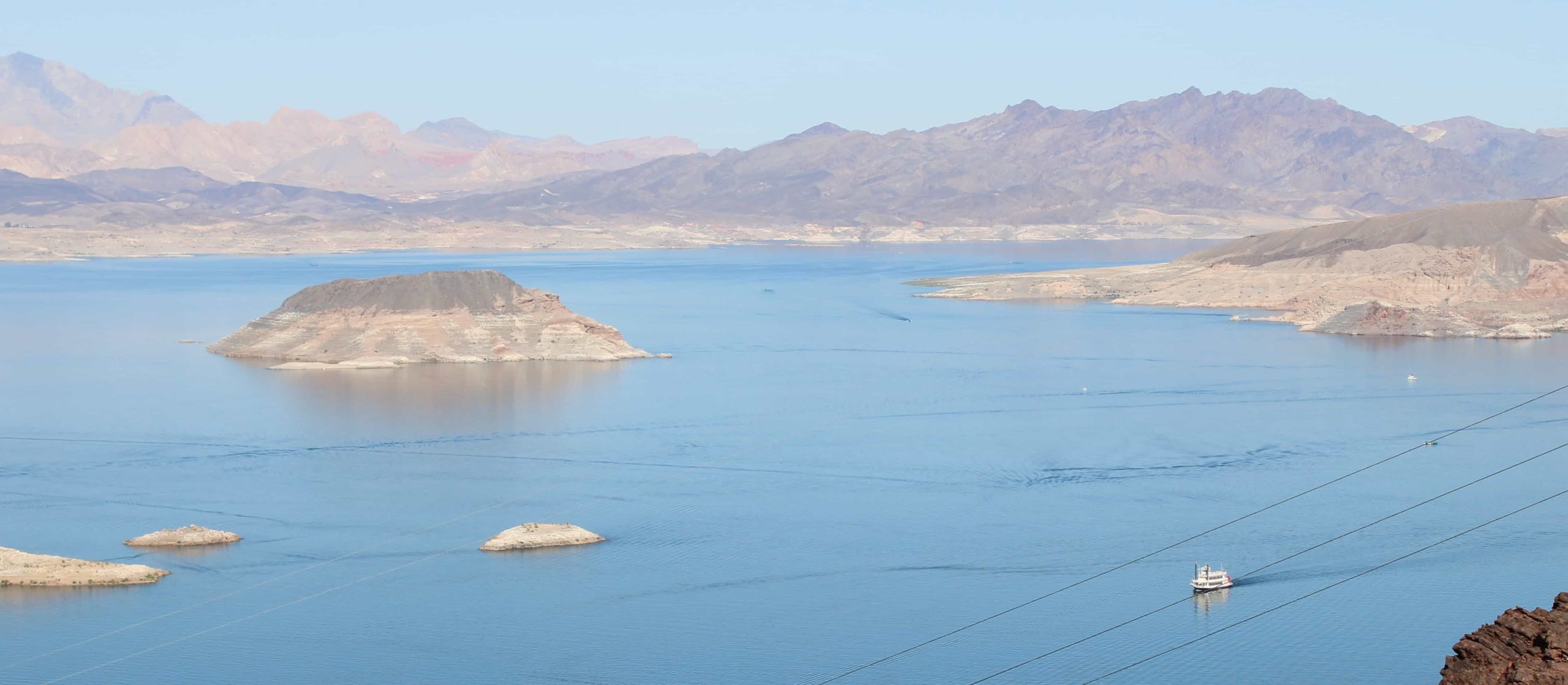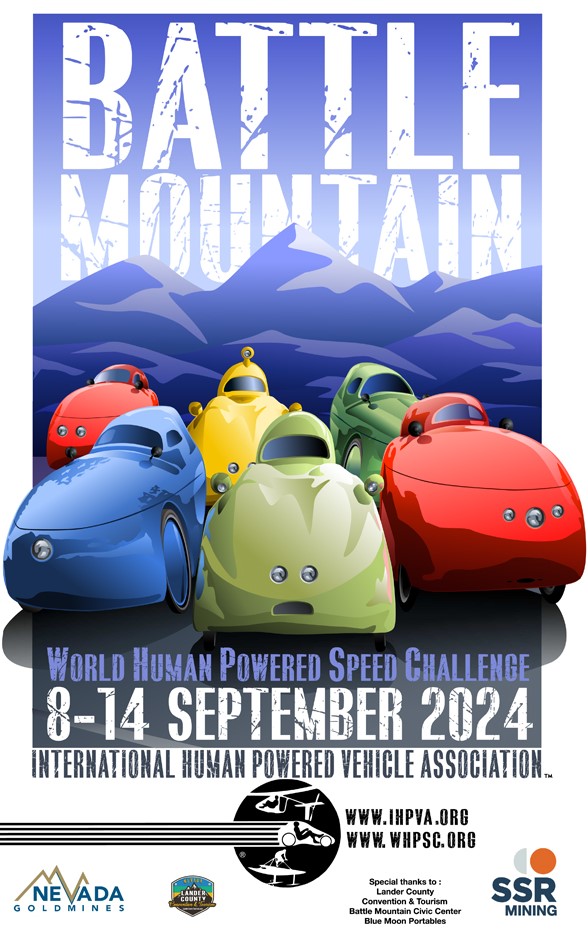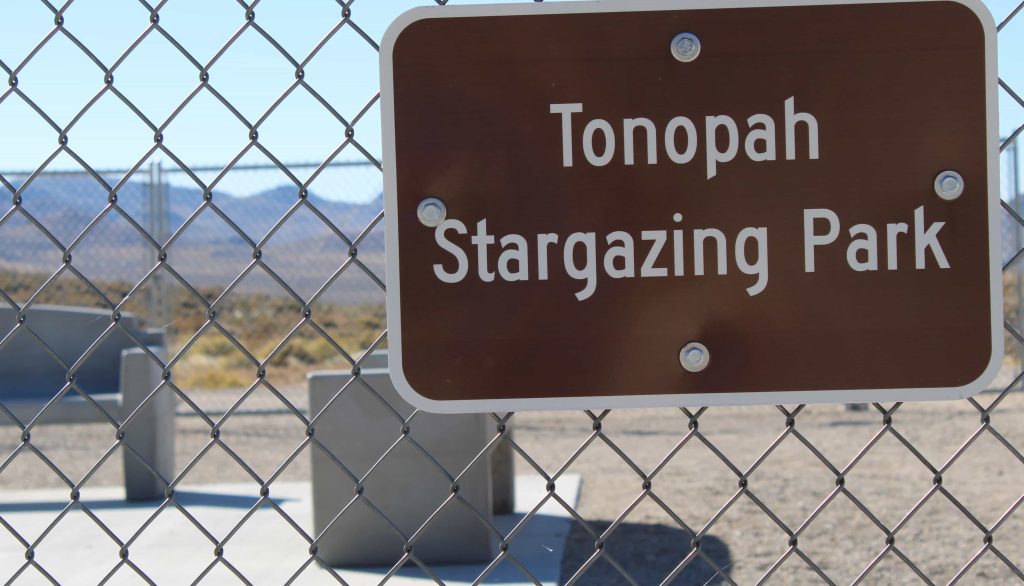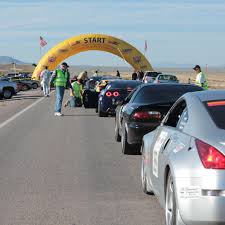Lake Mead
Boulder City
About
Lake Mead attracts visitors from all over the world to enjoy the beautiful lake and its amenities. You can enjoy boating, water skiing, hiking, fishing, cycling, camping, swimming, picnics, wildlife and scenic views.
Coming back up the hill from Hoover Dam, take a right to the Lakeview Overlook for excellent views of the Lake. Then, head out to Lake Mead and the park headquarters. The Alan Bible Visitor Center is on the right-hand side. As you work your way around the lake, you’ll find Hemenway Harbor, Boulder Beach, Las Vegas Bay, Callville Bay, Echo Bay, South Cave, Temple Bar and Bonelli Landing.
Lakeshore Drive leads to picnic areas, campgrounds, trails and full-service marinas along the west side of Boulder Basin. During the spring and summer, enjoy beach and boating, while the fall and winter months are great for backcountry hiking, fishing, birding and camping.
A suggested one-hour visit would include a hike to the historic Railroad, Bluffs, Wetlands or a portion of the River Mountain Loop Trails. Explore the cactus gardens and trail around the visitor center; wade, swim or picnic at Boulder Beach; and choose a marina restaurant for lunch while watching the fish along the docks.
Add renting a boat at a marina and exploring the ancient sand dunes at Redstone Trail to turn your visit into two or three hours.
For park information, call 702-293-8990 or visit https://nps.gov/lake.
Email: lake_information@nps.gov.
Entrance fees (valid for 7 consecutive days):
$25 – Vehicle
$20 Motorcycle
$15 – Individual (on foot or bicycle)
Annual and other passes available
ADDITIONAL INFORMATION
Over 18 Tribal Nations have played a role in the past and present story of Lake Mead along with pioneers and early explorers. The park encompasses nine wilderness areas and is home to hundreds of species of native plants, fish and wildlife. It is the nation’s first and largest national recreation area encompassing more than 1.5 million acres in both Arizona and Nevada.
With deep canyons, wide expanses of desert, rugged mountains, and two huge lakes, America’s first national recreation area is a place of great contrasts. Hoover and Davis dams, completed in 1935 and 1953 respectively, tamed the Colardo River and created Lake Mead in the midst of the Mojave Desert.
Though the desert is hot and dry, it is not lifeless. From the Joshua tree forest to the pino-juniper woodland, from tiny lizards to desert bighorn sheep, and grebes to eagles, the plants and animals of this National Park System area very with changes in the elevation from 517 at Davis Dam to 7,072 feet on the Shivwits Plateau.
